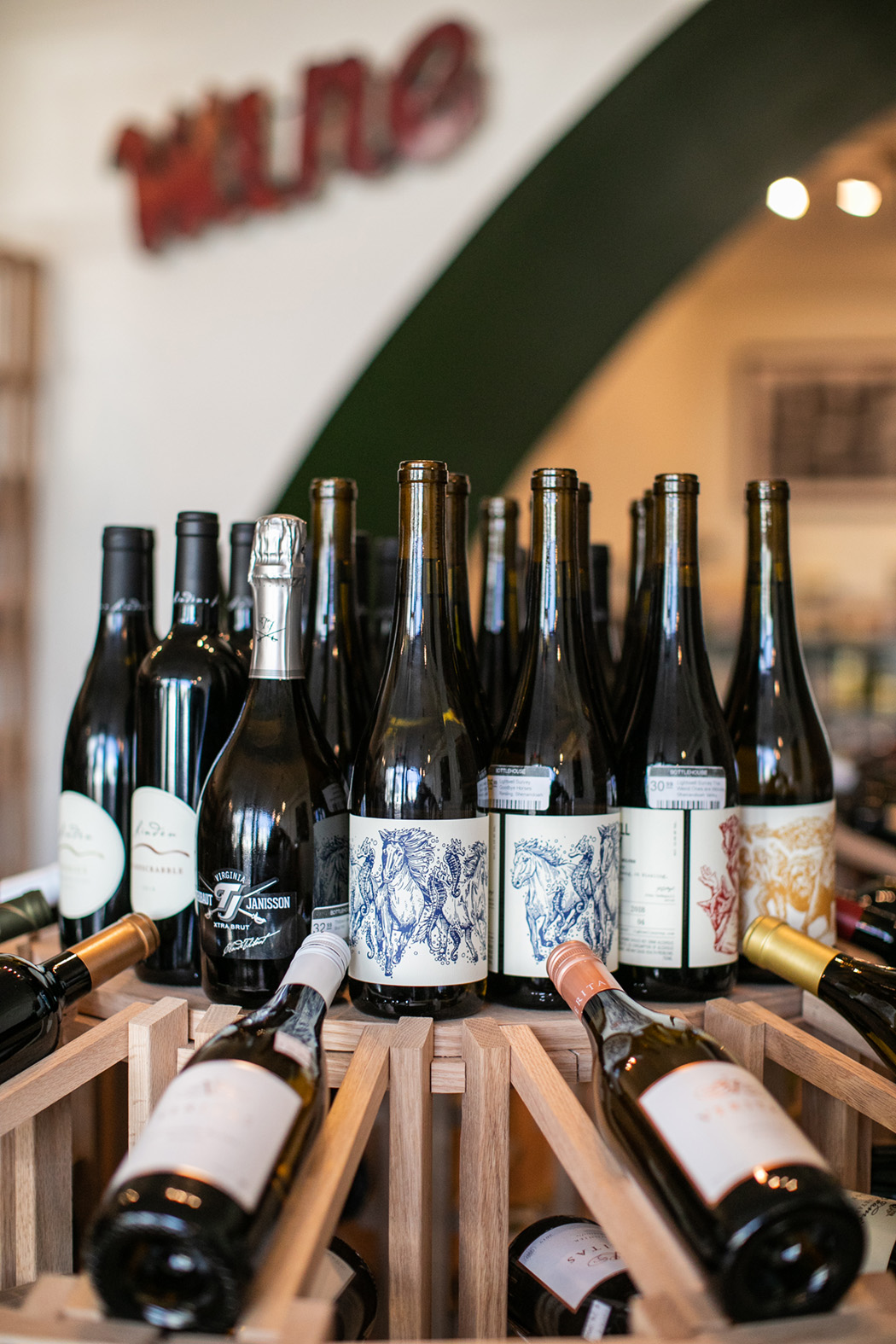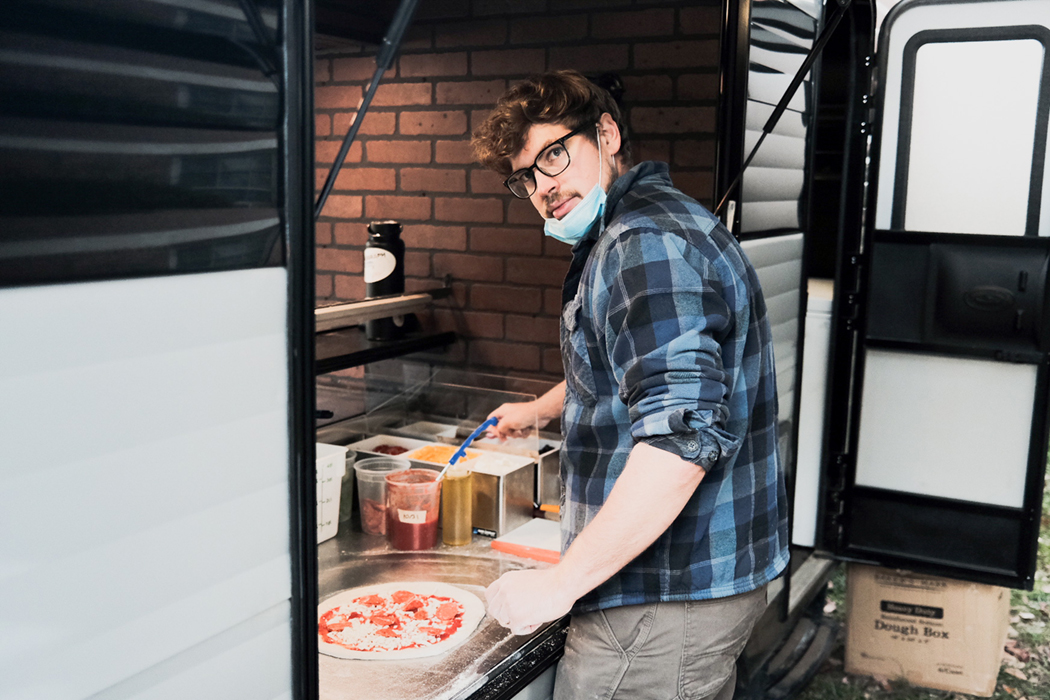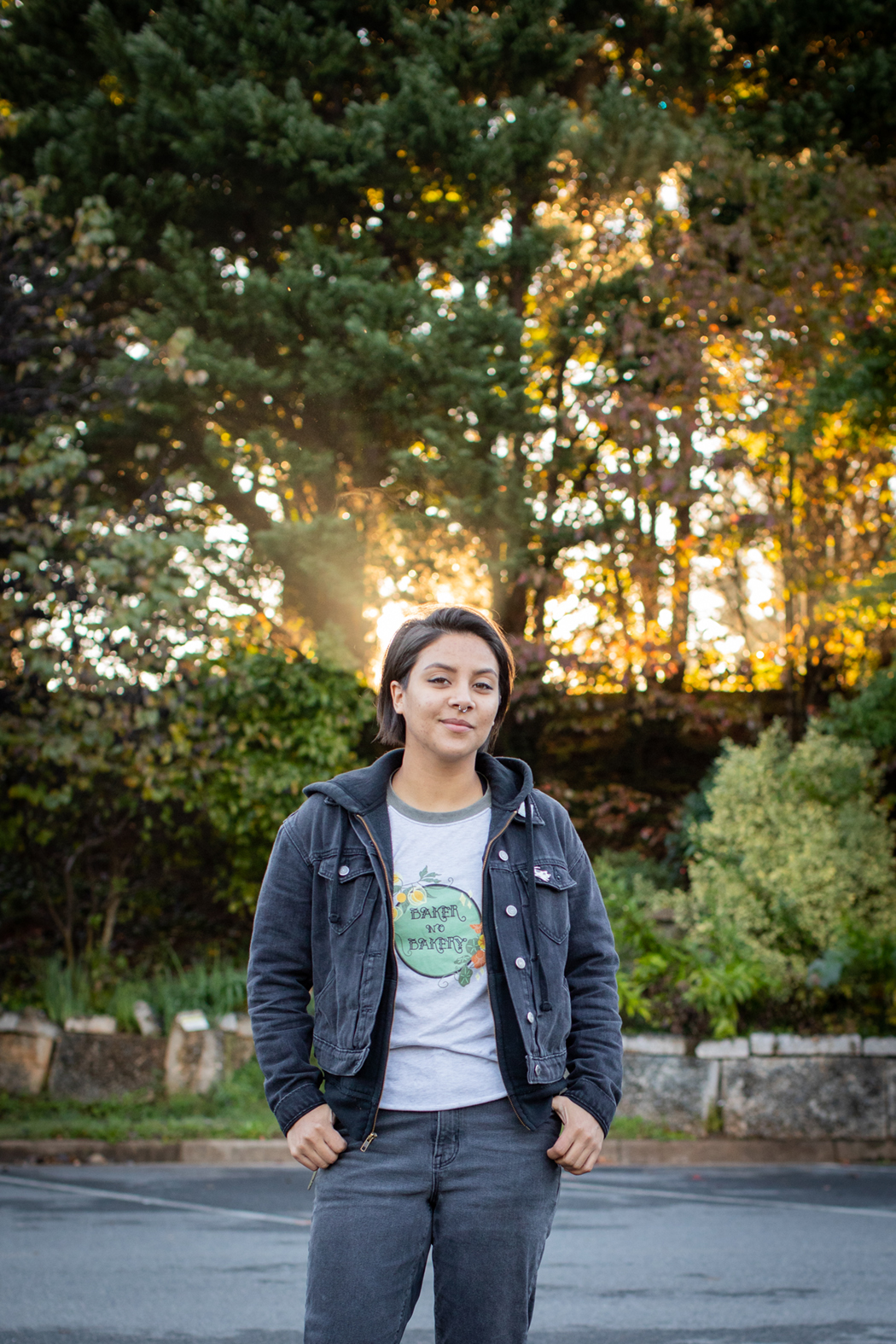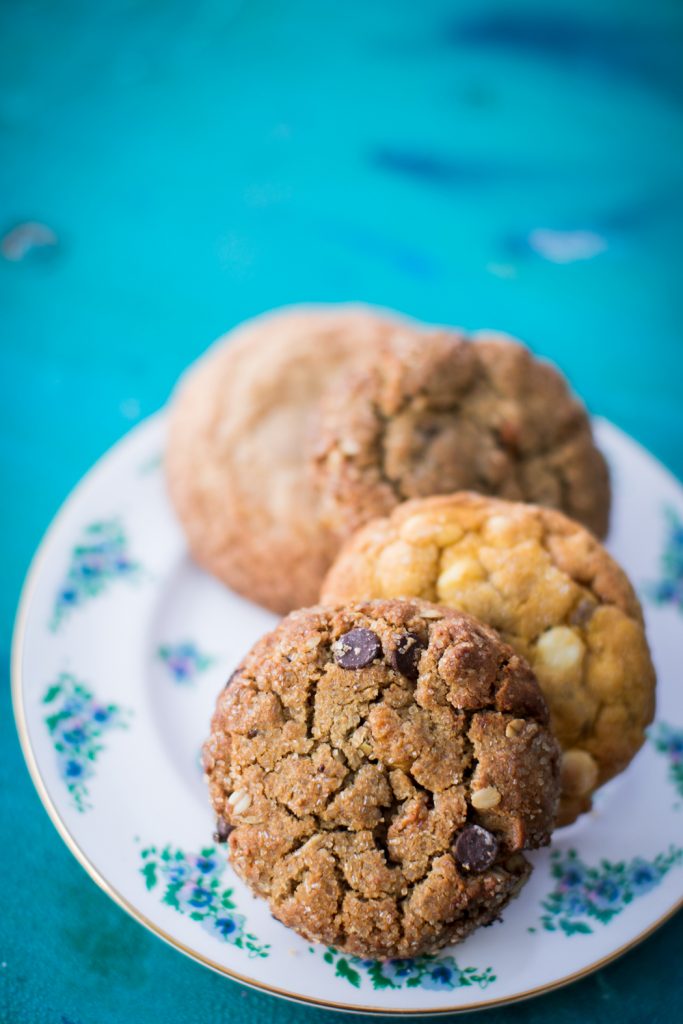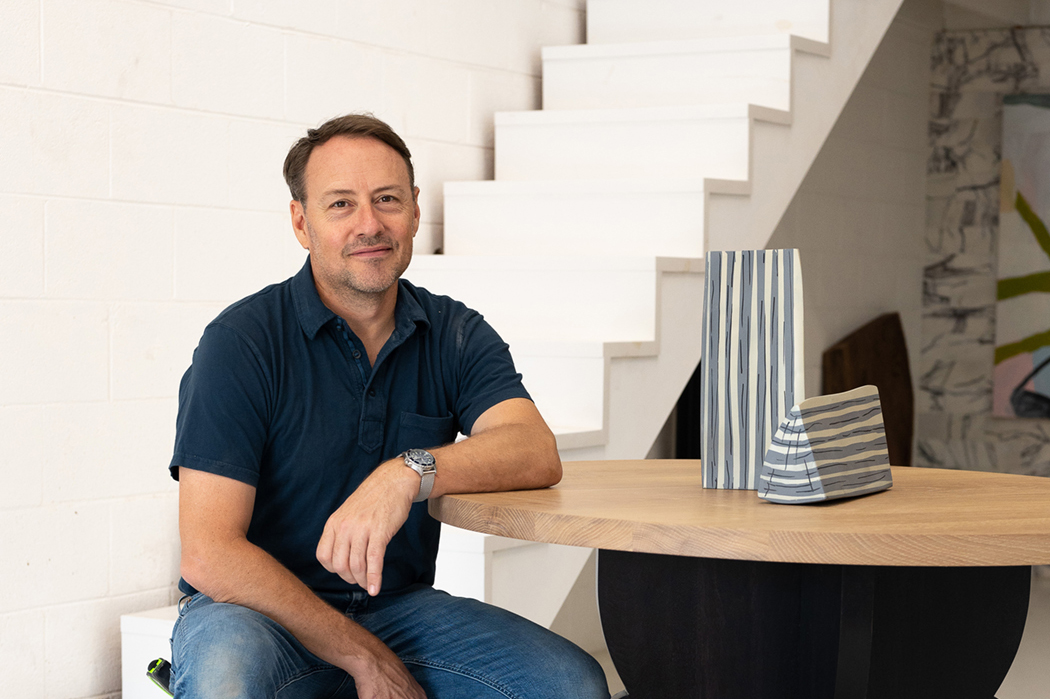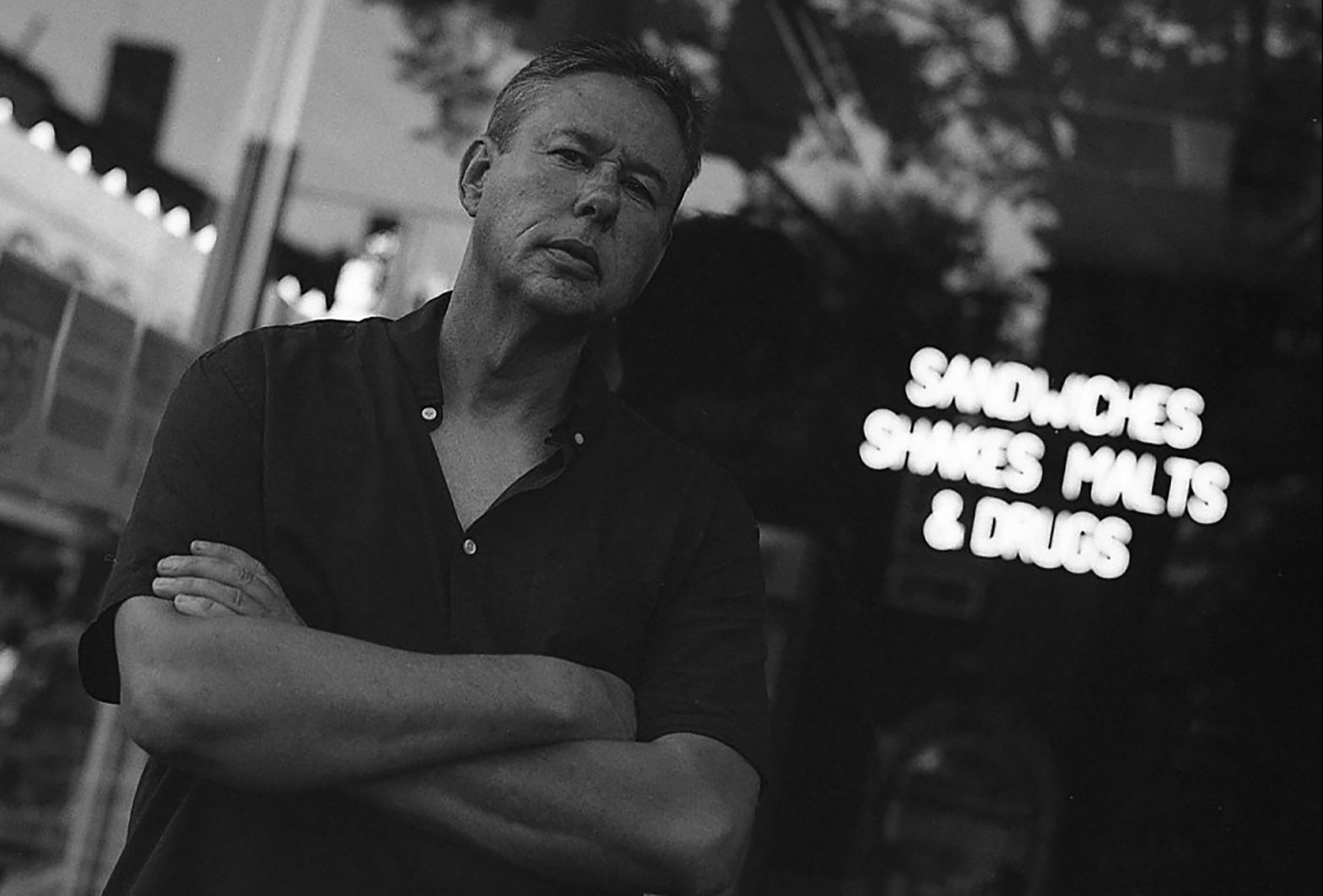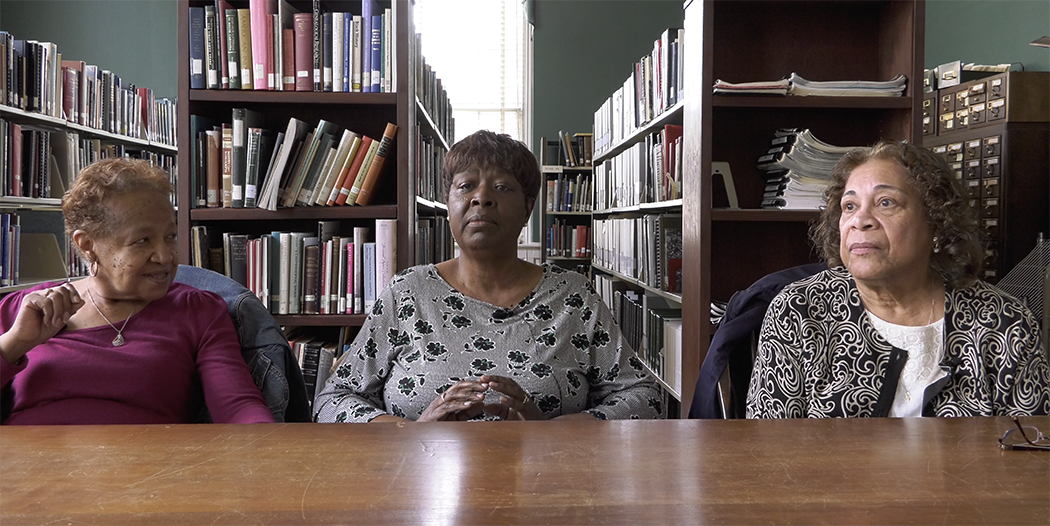Springhouse Sundries
springhousesundries.com
Relative newcomer Springhouse Sundries focuses on the accessible—wines at a reasonable price we can all wrap our minds and taste buds around. Springhouse is a side project of the Wine Guild of Charlottesville, so it comes with some serious cred. Industry insiders Priscilla Curley and Matt Hauck pick the poison and offer the recs.
The Workshop
thewoolfactory.com
When you think of the Workshop, you likely think about tasty pastry and jolty java. But don’t sleep on the café’s non-caffeinated bevies. The Wool Factory-based spot specifically excels on local
plonk and is in the process of rolling out its own wine line.
Market Street Wine
marketstwine.com
Market Street Wine is the OG, and the downcellar digs ooze historic charm. MSW’s fantastic Friday Night Wine tasting events are still on hiatus, but be on the lookout for occasional virtual events where you
can taste along with industry experts. And cross your up-turned pinkies that the tastings come back soon.
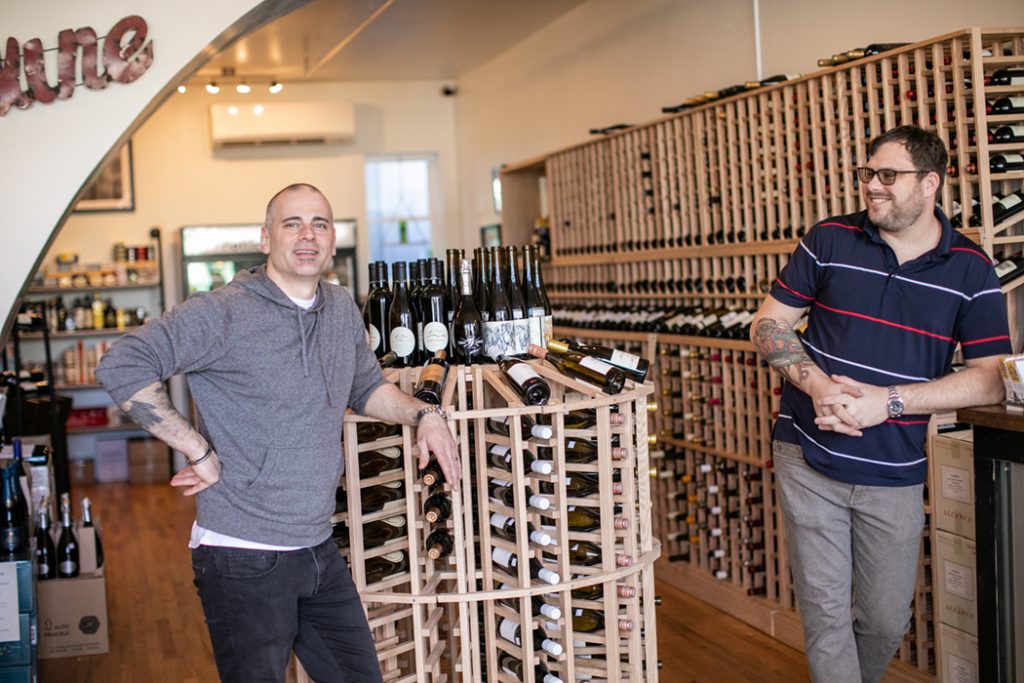
Bottle House
bottlehouse.net
Public Fish and Oyster’s Daniel Kaufman, alongside Guillaume Gasparini, whose family owned the renowned but now-closed Pomme restaurant in Gordonsville, opened Bottle House to help folks select the perfect beverage for every occasion. Having opened during the pandemic, they’ve also focused on delivery, bringing bottles straight to your door. “Local is a big part of it,” Kaufman says. “We are lucky to live in a wine region that is making better and better wines all the time.”
Superette Saison
championbrewingcompany.com
Fun fact: Champion Brewing Company and Superette Saison owner Hunter Smith actually grew up around the vine—his parents own Afton Mountain Vineyards. At Champion Hospitality Group’s newish superette, situated next to beer-focused bistro Brasserie Saison, you’ll find a European-style market and café with
an extensive wine selection.
Tilman’s
tilmanscheeseandwine.com
The folks behind Tilman’s say they make “people happy with cheese and wine,” and it’s that straightforward approach that has helped them carve out a niche in the local wine scene since 2017. The Tilman’s wine club, curated by the shop’s self-taught wine director Lizzy Trevor (see page 25), is one of the best in the city.
Beer Run
beerrun.com
Beer Run’s been slinging package bottles and in-bar booze since before it was the cool thing to do, and it’s easy to forget the shop has a great wine selection as well as lagers and ales. On the vine side, the beer mecca focuses on value picks, organic bottles and dynamically produced selections, including a solid list of uber-popular natural vinos.
In Vino Veritas
invinoveritasva.com
Is it worth the 15 minute drive out of town to visit In Vino Veritas
in Keswick? Hell yeast. Sommelier to the (Michelin) stars, Erin Scala’s stylish and impeccably organized wine shop and gourmet grocery has it all: carefully curated bottles, hand-selected cases, unique events, and a superb monthly wine club.
Tastings of Charlottesville
tastingsofcville.com
Local fine dining dynamo Vincent Derquenne says it all about Tastings of Charlottesville: “Their knowledge is incredible.” Bill Curtis is a true patriarch of C’ville wine—when he opened Tastings in 1990, the idea of an integrated wine shop and bar was basically unheard of. Tastings ain’t flashy, but its somm cred is second to none.
The Wine Guild of Charlottesville
wineguildcville.com
The university of Charlottesville wine shops, the Wine Guild is where the local vintellectuals come together. With a star-studded staff, the small shop makes up in quality what it lacks in quantity. And its member structure offers a unique way to stay current with what’s poppin’ in wine. Members receive a discount on retail sales, private tastings with winemakers, wine dinners, and local vineyard tours.
